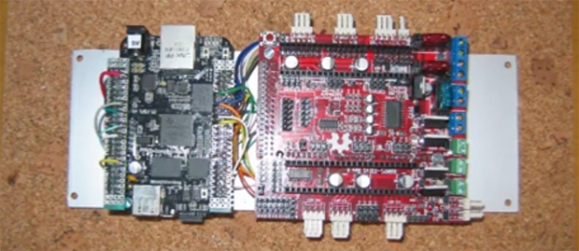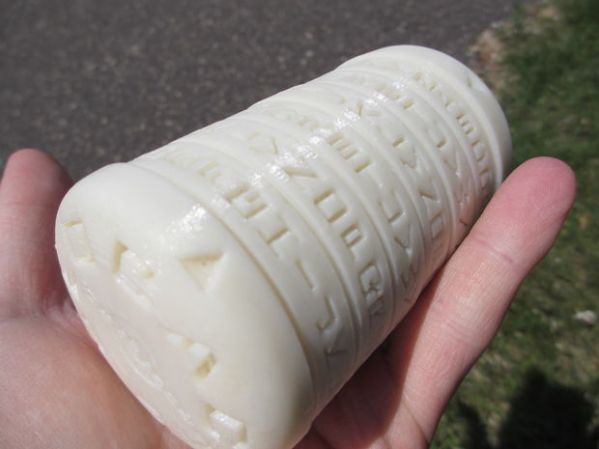While many 3D printer companies are racing towards smaller and smaller accurate printers, a company in China called the Shanghai WinSun Decoration Design Engineering Company is experimenting with a monstrous 3D printer the size of half of an Olympic sized swimming pool.
The mammoth of a printer measures 32m by 10m by 6.6m and can print 200sqf detached single story homes. The printer uses FDM technology and deposits a mixture of cement and construction waste to build the walls. According to the company, it can cost less than $5000 a house, and the printer can spit out 10 houses a day!
The printer was designed a few years ago, and WinSun purchased the parts for it from overseas, and then had it assembled in a factory in Suzhou. They plan to print an entire villa of these homes, and to start building recycling facilities in China to collect material for use in the printer. The first home for sale will be located in Qingdao.
Continue reading “3D Printing Homes In Less Than 24 Hours Using Recycled Materials”

















